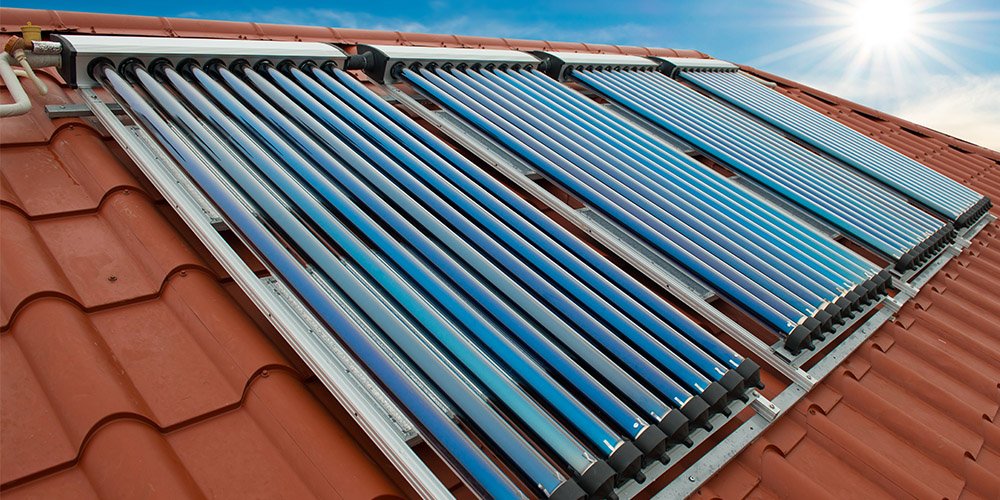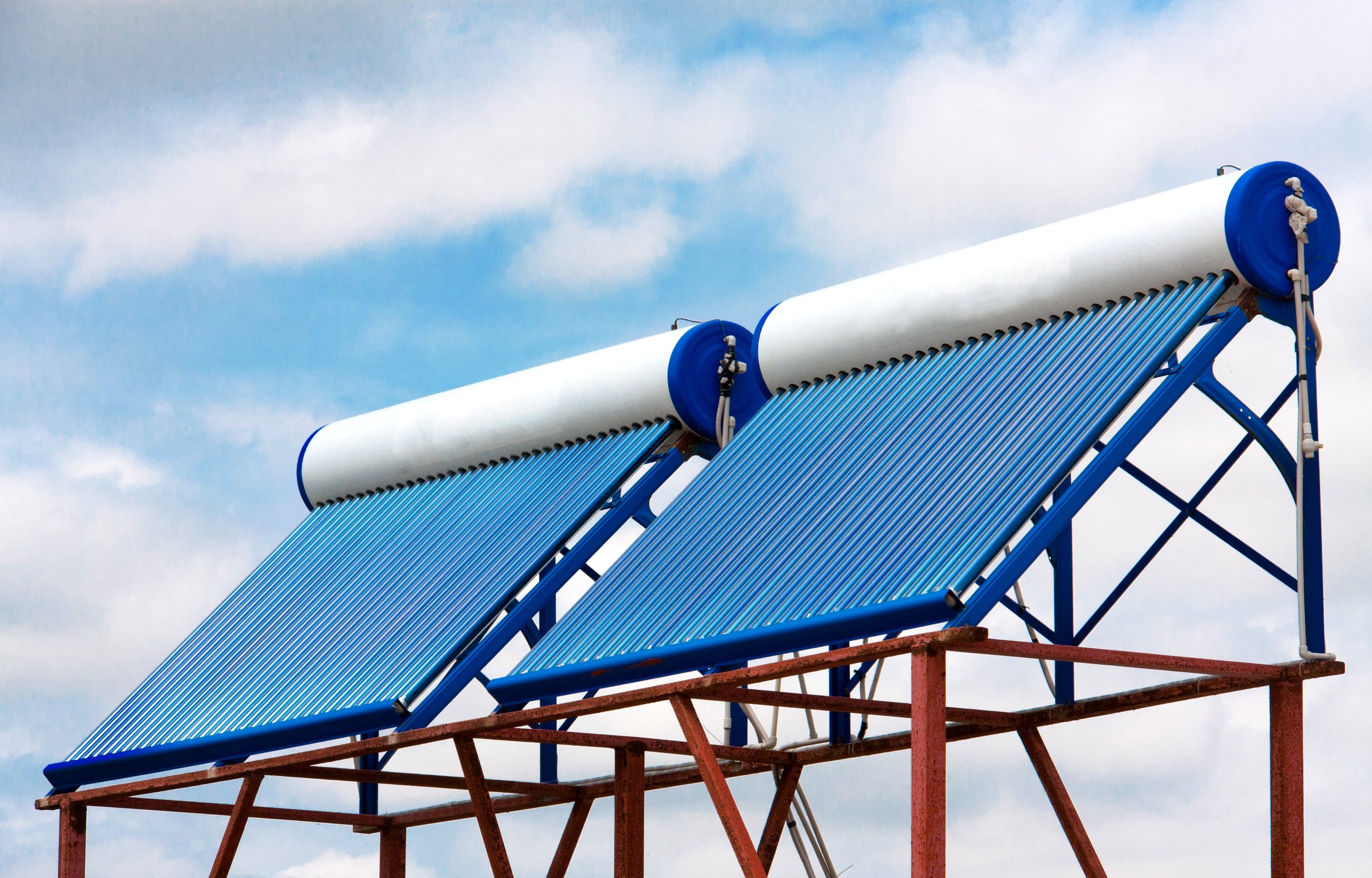ACTIVE VS. PASSIVE SOLAR HOT WATER SYSTEMS
An explanation of each with the pros and cons
There are two different types of solar hot water systems, the active system, and the passive system. Both work in different ways, with the primary purpose of supplying hot water through a renewable source of energy: the Sun. In this article, we take a deep dive into both solar hot water systems, comparing the pros and cons for each.
WHAT ARE THEY?
THE ACTIVE SYSTEM
This system operates using a pump and a controller. The pump circulates the water through the system, and the controller regulates the operation of the pump depending on the temperature of the water.
THE PASSIVE SYSTEM
This is the world’s easiest solar hot water system to install. There is no pump or controller, and this system only consists of a collector, piping, and a tank. As hot water rises, the circulation of the water works on natural convection.
the pros and cons
active system
pros
-
We don’t mean to boast… but we believe we have developed the world’s most aesthetically pleasing solar thermal collector. The unique, prismatic design complements any landscape and ensures that our collector is shown off in any environment.
-
Thanks to the pump and the controller, it is possible to control the water flow rate, meaning that the likelihood that the water freezes is much lower.
-
As the storage tank is not included in the active system, this means that this system is much lighter than the passive system; a lighter load on any roof.
cons
-
As there are more technical parts in this system- such as the controller and the pump- the active system is more expensive overall than the passive system.
-
More parts = more maintenance . However, any solar hot water system requires regular maintenance to ensure safety and efficiency.
THE PASSIVE SYSTEM
pros
-
As the only components in the system are collectors, piping, and a storage tank, this system boasts a lower overall cost.
-
As the passive system does not need a pump or a controller, the system does not need any electricity, which is both good for your pocket, and the planet.
-
This system has less parts, which makes it easy to install, cheaper, and easier to transport.
cons
-
Arguably, the tank in the passive system makes this one less aesthetically pleasing than the active system.
-
A full tank of water that is included in a passive system can add to the weight of this system when in operation
conclusion
Both systems are easy to install and easy to transport. There exists some minor differences between the systems but generally, they both represent great solutions to decarbonise heat and use the renewable energy provided by the Sun. For colder regions, it is generally recommended to use an active system, whereas hotter regions would be better suited to the passive system. However, both systems are tested to work efficiently and safely.
Ready to build your own solar collector?





